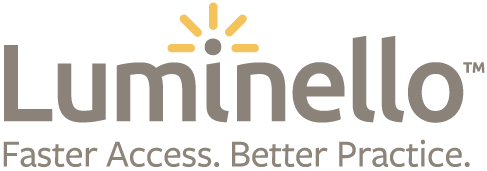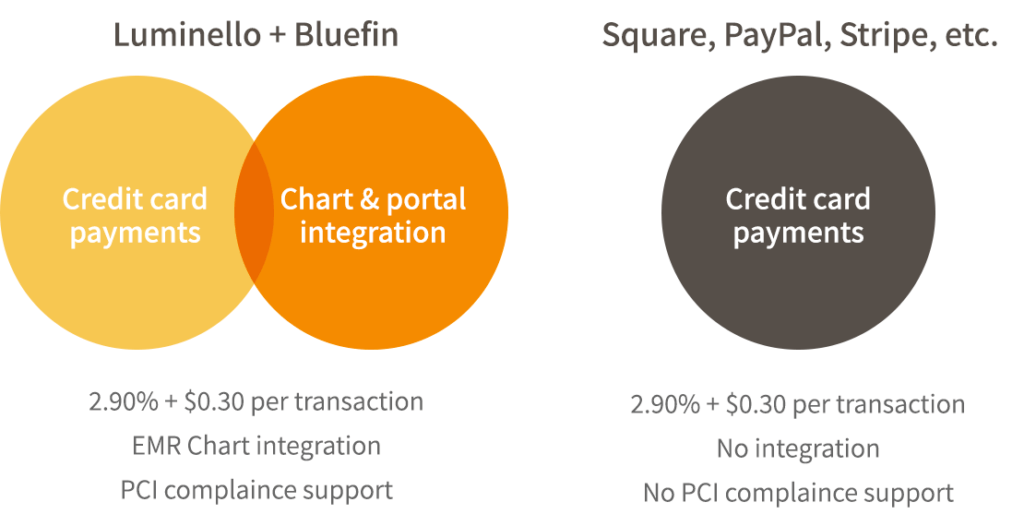It is undeniable that in recent years psychology terms have become increasingly mainstream. Terms like “serotonin”, “triggered”, and “active listening” are now common, particularly for younger generations. While much of the popularization of “therapy speak” has been playful, concerns are arising about its potential for harm.
The internet went abuzz in July after texts between Jonah Hill, a popular comedic actor, and his former girlfriend were leaked to the public. The text exchange entailed the popular actor setting restrictive rules for his girlfriend including clothing she was allowed to wear, relationships she was able to engage in, and what photos she could publish. When stating these requests, he labeled them as “boundaries”. The content raised concern for most readers, but particularly struck a sour chord with mental health providers. While some believe this term was used appropriately, concern arose for many that Mr. Hill may be using therapeutic terminology to control or even emotionally abuse his romantic partner.
Emotional abuse, also referred to as psychological abuse, is a relational dynamic in which one individual uses various tactics to control, manipulate, and demean another individual. This dynamic can occur within any intimate relationship. Here are a few ways in which therapeutic terminology may be used as a tool within an emotionally abusive relationship.
Gaslighting: The term “gaslighting” refers to a tactic abusers use to make victims doubt their own experience and reality. Gaslighting can have many harmful effects including making victims doubt abuse is actually occurring. Abusers may use psychological terms, such as, “projection” or “self-reflection,” to make the victims doubt their own reality.
Victim-playing: As a part of gaslighting, abusers can change the narrative around who within the relationship is being victimized. Some abusers may even use terms such as “trauma” to portray themselves as victims, seeking sympathy and support from their partners while deflecting responsibility for their actions. This can show up as blaming partners for “triggering” them into behaving abusively.
Perception Manipulation: Therapeutic terms by nature are often perceived as empathic, wise, and unchallengeable. By using therapy language, manipulators can appear empathetic and create a false sense of trust. It may be more challenging for victims to identify when manipulation or control is being exerted.
Weaponizing Vulnerability: Therapeutic language is utilized by clinicians for a reason; it creates a common language that encourages connection and allows for vulnerability. It would not be difficult for abusers to use therapeutic language and techniques to increase their victims’ emotional vulnerability, which later can be weaponized.
Words are powerful and the behavioral health field has been able to develop language to better describe one’s emotional experience and needs. While providers cannot always determine how recipients will use lessons learned in treatment, we are able to keep a watchful eye for misuse. This may take the form of correcting clients when they are misusing terms or pointing out to potential victims of emotional abuse that “therapy speak” is not unimpeachable.
References
- Pietrangelo, A. (2023, July 13). How to Recognize the Signs of Emotional Abuse. Healthline. https://www.healthline.com/health/signs-of-mental-abuse#what-to-do
- What is emotional abuse? | The National Domestic Violence Hotline. (2023, July 4). The Hotline. https://www.thehotline.org/resources/what-is-emotional-abuse/


